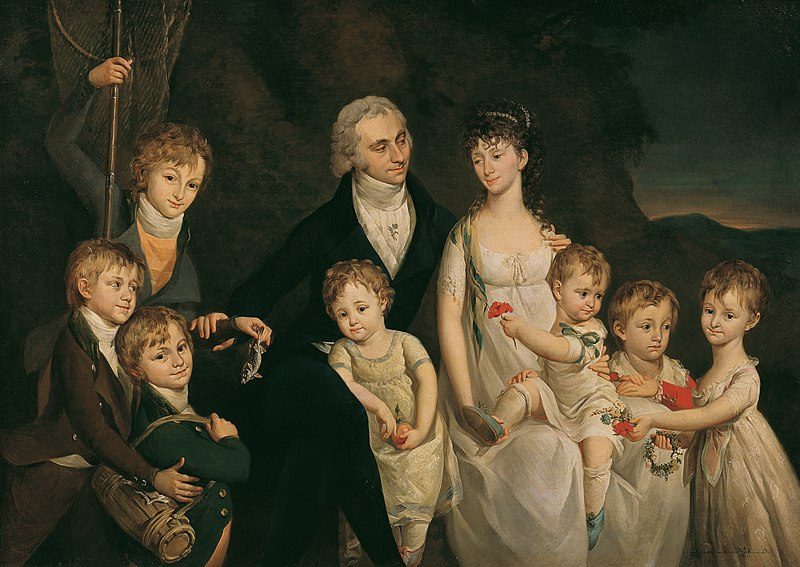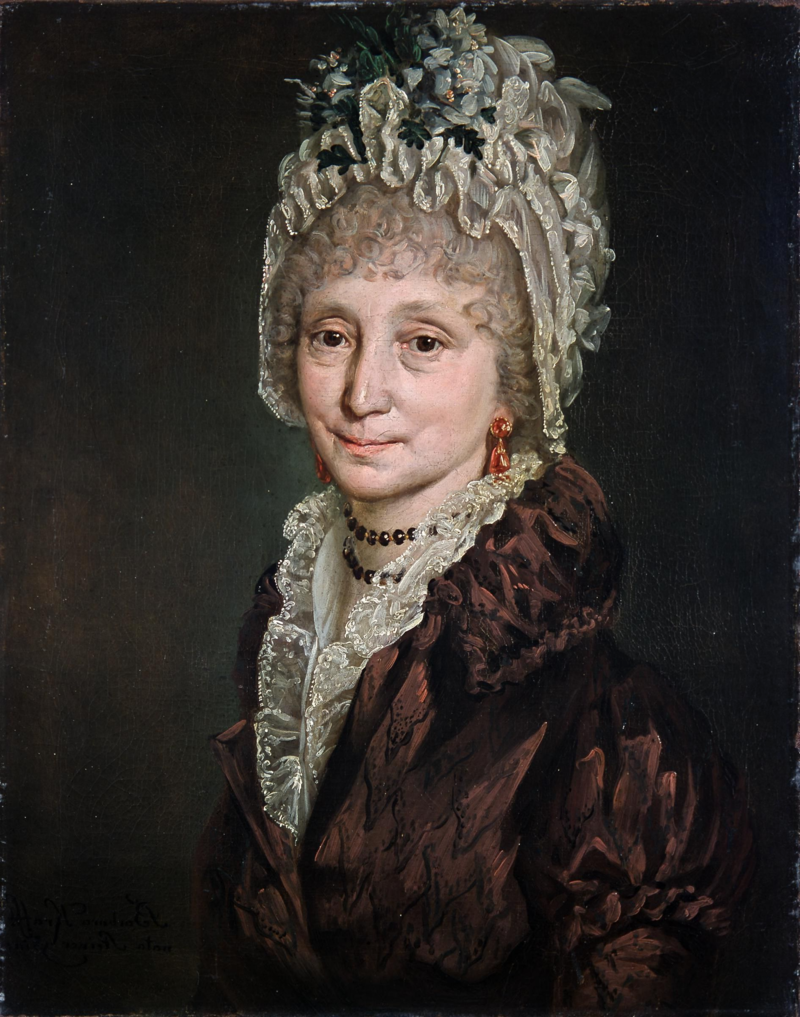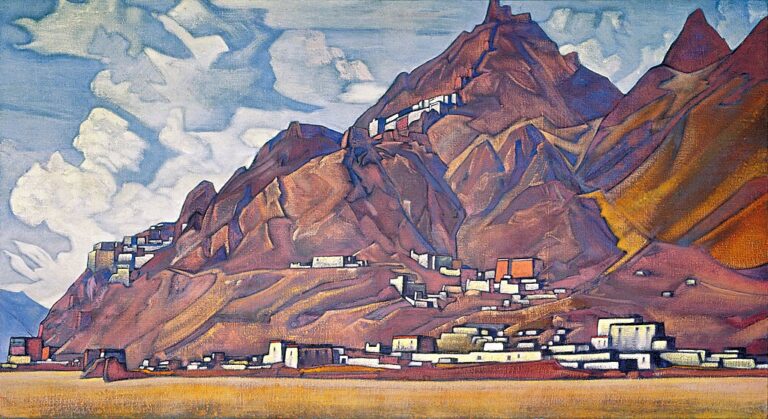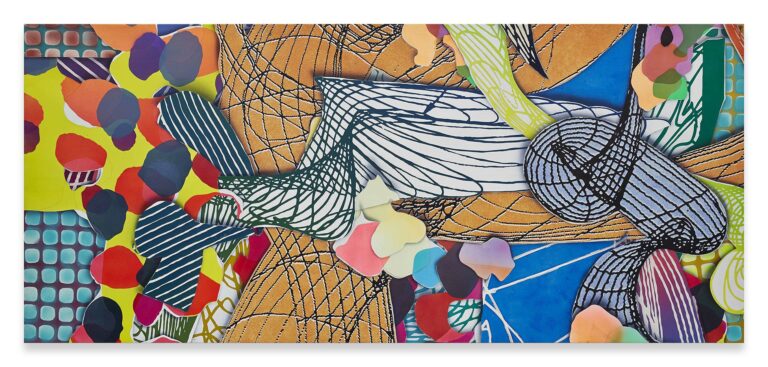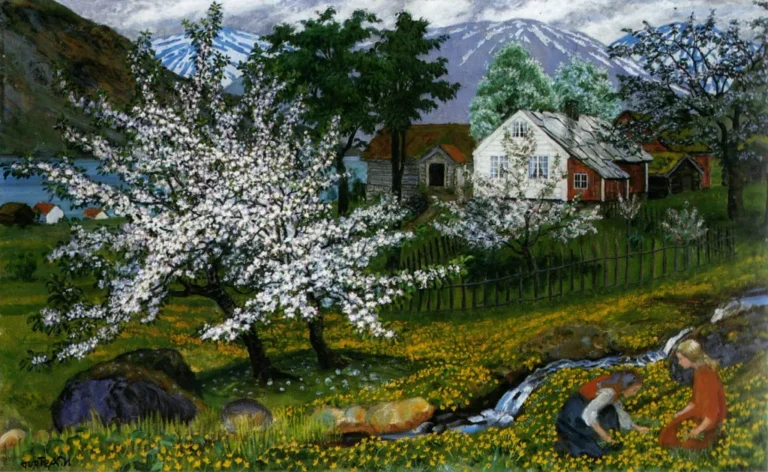Barbara Kraft Painter: A Visionary Artist Shaping Modern Landscapes
Born: 1 April 1764, Iglau, Margraviate of Moravia
Death: 28 September 1825, Bamberg, Kingdom of Bavaria
Art Movement: Abstract Expressionism
Nationality: Czech
Influenced By: Johann Nepomuk Steiner (Her father)
Institution: Academy of Fine Arts, Vienna
Barbara Kraft Painter: A Visionary Artist Shaping Modern Landscapes
Early Life and Artistic Development
Barbara Krafft was born in 1764 in Iglau, now known as Jihlava. Her father, Johann Nepomuk Steiner, was a court painter who shaped her early artistic path.
Origins in Iglau
Barbara Krafft’s birthplace, Iglau, was a small town in what is now the Czech Republic. As a child, she watched her father paint for the Austrian Imperial court. This early exposure to art sparked her interest in painting.


Her father taught her the basics of drawing and color mixing. She showed talent at a young age. By her teens, Barbara was helping in her father’s studio.
Academic Formation in Vienna
In her late teens, Barbara moved to Vienna to study at the Academy of Fine Arts. There, she learned more advanced painting techniques. She focused on portraits and historical scenes.
Her skills grew quickly. She won praise from her teachers for her keen eye and steady hand. In 1789, she married Josef Krafft, a pharmacist in Vienna.
After graduating, Barbara set up her own studio. She began taking commissions for portraits. Her work soon caught the eye of wealthy patrons in Vienna.
Career Highlights and Major Works
Barbara Krafft painted portraits for royalty and created religious art. She gained fame for her posthumous Mozart portrait. Her work took her to Vienna, Salzburg, and other European cities.
Portraiture and the Austrian Imperial Court
Krafft learned painting from her father, Johann Nepomuk Steiner, an imperial court painter. She followed in his footsteps, becoming a sought-after portrait artist. Krafft painted for noble families and the Austrian imperial court.

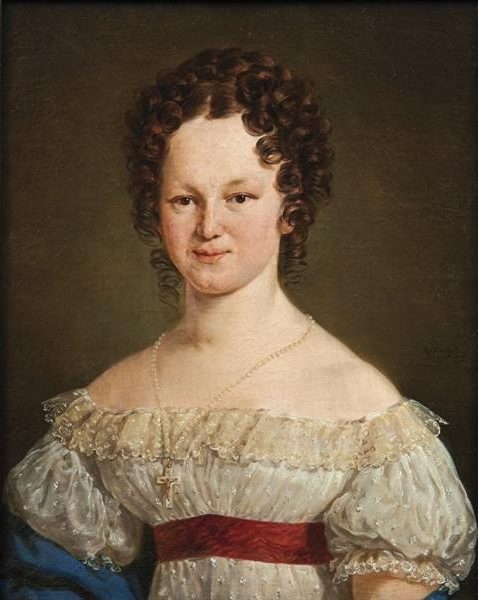
Her skill in capturing likenesses brought her many commissions. She traveled to different cities for her work. Vienna and Prague were key places where she found success as a portraitist.
The Renowned Mozart Portrait
In 1819, Krafft painted her most famous work – a posthumous portrait of Wolfgang Amadeus Mozart. This painting became the most recognized image of the composer.
Krafft created the portrait 28 years after Mozart’s death. She based it on earlier pictures and descriptions from his family. The painting shows Mozart at a piano, looking at the viewer.
This portrait is now widely used. It appears on album covers, posters, and merchandise. It helped cement Krafft’s place in art history.
Religious Compositions and City Commissions
Krafft didn’t limit herself to portraits. She also created religious paintings for churches. Her work in this area showed her range as an artist.
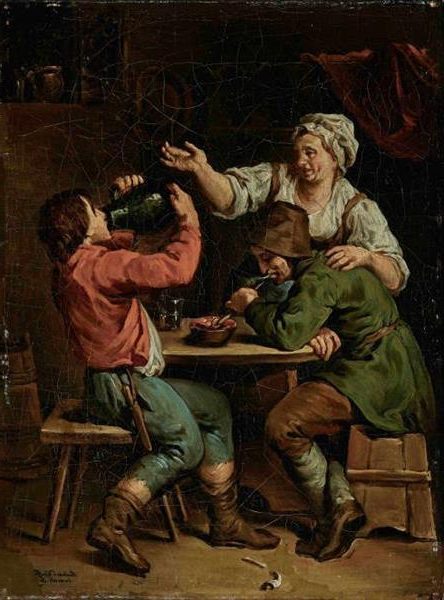
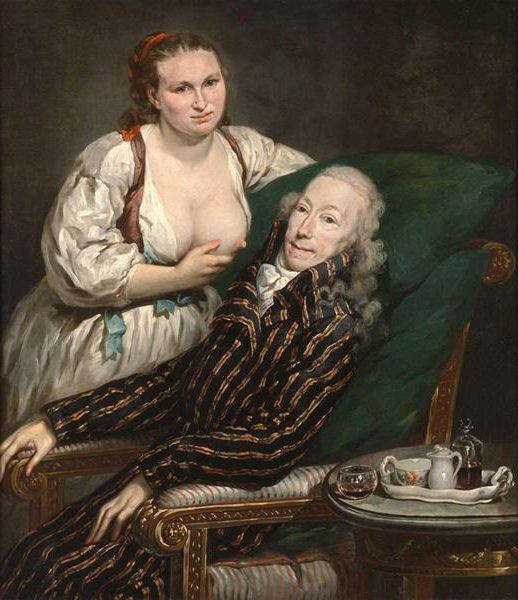
In 1804, Krafft moved to Salzburg. She lived there until 1821, taking on various art projects. During her career, she also worked as the City Painter in Bamberg.
Krafft’s religious works and city commissions added to her reputation. They showed she could handle different types of art beyond portraiture.
Personal Life and Legacy
Barbara Krafft came from an artistic family and gained fame for her portrait of Mozart. Her work continues to be recognized today.
Family and Artistic Influence
Barbara Krafft was born Maria Barbara Steiner in 1764 in Jihlava, now part of the Czech Republic. Her father, Johann Nepomuk Steiner, was an Austrian Imperial court painter. He taught Barbara painting from a young age.
Barbara joined her father in Vienna, where she first showed her work at the Academy of Fine Arts in 1786. Her early exposure to art through her family shaped her career as a portrait painter.
Posthumous Recognition
Krafft’s most famous work is her 1819 portrait of Wolfgang Amadeus Mozart, painted years after his death. This painting has become one of the most well-known images of the composer.

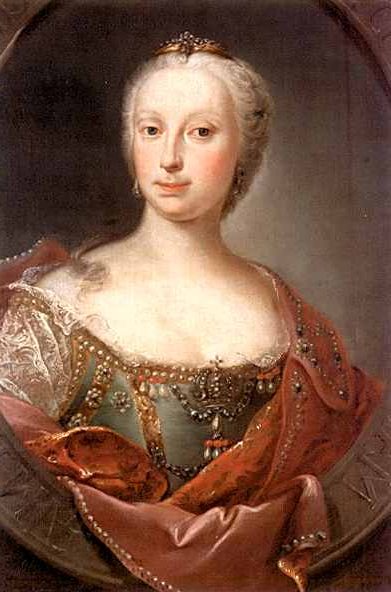
Krafft spent her final years in Bamberg, Germany, where she died in 1825 at age 61. Though not widely known in her lifetime, her Mozart portrait has made her work more famous in recent years. Art museums now display and study her paintings as examples of early 19th century portraiture.
Frequently Asked Questions
Barbara Kraft has made a mark in the painting world with her unique style and contributions. Her work has garnered attention and sparked curiosity among art enthusiasts.
What is Barbara Kraft known for in the painting community?
Barbara Kraft is known for her vivid use of color and bold brushstrokes. Her paintings often feature abstract landscapes and figures.
She draws inspiration from nature and human emotions. This blend creates striking pieces that resonate with viewers.
How has Barbara Kraft contributed to the contemporary art scene?
Kraft has brought fresh perspectives to abstract expressionism. She often hosts workshops and mentors young artists.
Her work is featured in several modern art museums. This exposure has helped spark new conversations about abstract art.
What are some signature styles or techniques associated with Barbara Kraft’s artwork?
Kraft is known for her layering technique. She builds depth by applying multiple layers of paint.
Her use of unexpected color combinations is also distinctive. She often pairs bright hues with muted tones to create visual interest.
Where can one view a collection of Barbara Kraft’s paintings?
Several major art museums display Kraft’s work. The Museum of Modern Art in New York has a permanent collection.
Kraft’s paintings are also shown in galleries across the United States. Some of her pieces are available for viewing online through virtual exhibitions.
Has Barbara Kraft received any notable awards or recognition for her work?
Kraft won the National Medal of Arts in 2020. This is one of the highest honors for artists in the United States.
She has also received grants from the National Endowment for the Arts. These grants have supported her ongoing work and research.
Can you describe the evolution of Barbara Kraft’s artistic style over the years?
Kraft’s early work focused on realistic landscapes. She later moved towards more abstract forms.
Her recent paintings show a blend of realism and abstraction. This evolution reflects her growth as an artist and her willingness to experiment.

